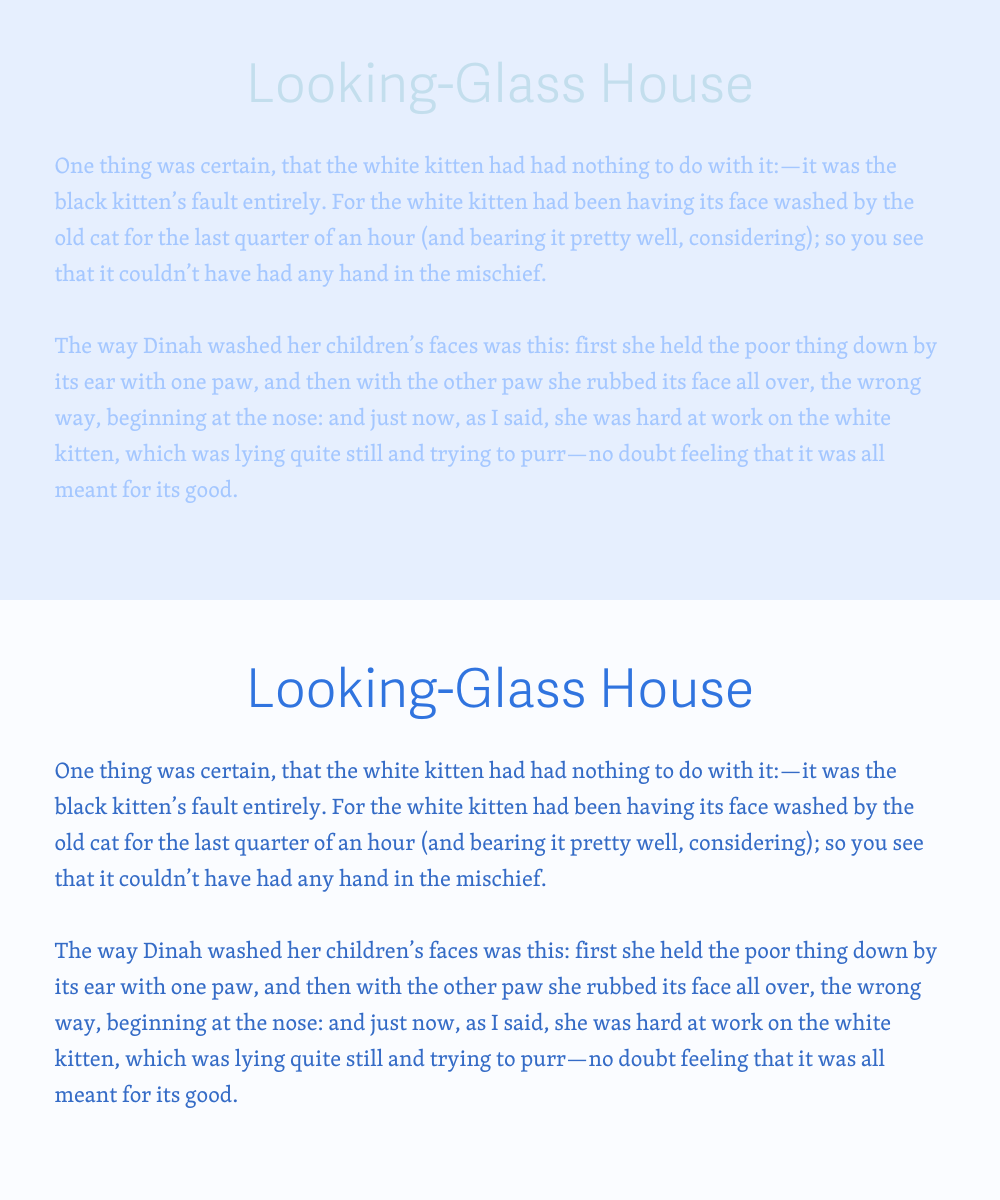An introduction to the terminology and its differences with tangible examples.
Introduction
As someone who’s been speaking and writing about Accessibility , Inclusion and Inclusive Design, I’ve noticed how often the terms are used interchangeably. Since the European Accessibility Act (EAA) adaption (also known as EN 301 549) on June 28th 2025, I thought it was about time to clarify the difference.
Accessibility
From a Product Design perspective, accessibility is a measurable standard which reflects whether individuals are able to engage with your product independently. More simply phrased: Can someone use this product without the assistance of other people?
WCAG guidelines
The measurable standard of accessibility is WCAG — developed and maintained by W3C. They exist on three levels (A, AA and AAA), each claiming a higher standard of accessibility.
A guideline example is 1.4.3 Contrast: ‘Text contrast against its background must be at least 4.5:1 for normal text, or 3:1 for large text (over 24px, or bold and over 19px).” — as defined by WCAG in Plain English. These minimum levels of contrast help people with visual impairments to read content comfortably. Such as individuals who experience color blindness or have low vision.

It’s important to point out that accessibility goes beyond people with permanent impairments. A person who is not wearing their glasses is also experiencing low vision and would benefit from proper contrasts.
When talking about Accessible Design, its referring to a solution that has achieved a certain accessibility standard.
Diversity & Inclusion
The term Inclusion is often used in combination with Diversity. Which refers to the broadness of spectrum. For humans this could be age, language but also physical, mental and economical abilities.
Inclusion can be defined as something more abstract. It’s about the feeling of being included or to be part of something. When looking at products it focuses on if users feel like it’s meant for them. Which can be experienced based on the balance of representation (do they identify with what’s portrayed) and ease of use (how easy is it to use for them).
An example is; does an individual feel represented by the imagery that is used in a product. Is it representative for their daily context or a situation in which they might use that service?
Inclusive Design
Unfortunately, its hard to measure inclusion. But, it can be validated by speaking to individuals and improved by talking about what helps them feel included.
Inclusive Design can be defined as the act of designing with inclusion in mind or a solution that is validated as representative.
The relationship and importance
These definitions and examples might already clarify the differences. Now, this is where it gets interesting: A product can be accessible without being inclusive, but you can’t truly be inclusive without being accessible.
You can provide accessible contrasting for text and its background, but the words written could still not be relatable or easily understandable to an audience.
From an organisational perspective, accessibility is a legal requirement. The European Parlement requires new digital products and services to comply to WCAG AA. Existing ones have until 2030 to transition their offer to meet that same accessibility level.
Does that mean inclusion can be forgotten? No. I would strongly oppose to that statement. Inclusive Design brings a wealth of opportunity. From finding new angles for innovation to improving how people relate to your products. But most importantly, it creates space for reflection and understanding. Looking beyond common perspective and context. Which from a designers perspective is exactly what design is about; understanding and tailoring.
Looking to chat about Accessible or Inclusive Design?
As an Accessibility Specialist and Inclusive Product Designer, I’m frequently sharing insights, resources and experiences through my LinkedIn. And if you found this article helpful, please give it a few claps. This would be very much appreciated.
Accessible Design vs. Inclusive Design: What’s the Difference? was originally published in UX Planet on Medium, where people are continuing the conversation by highlighting and responding to this story.